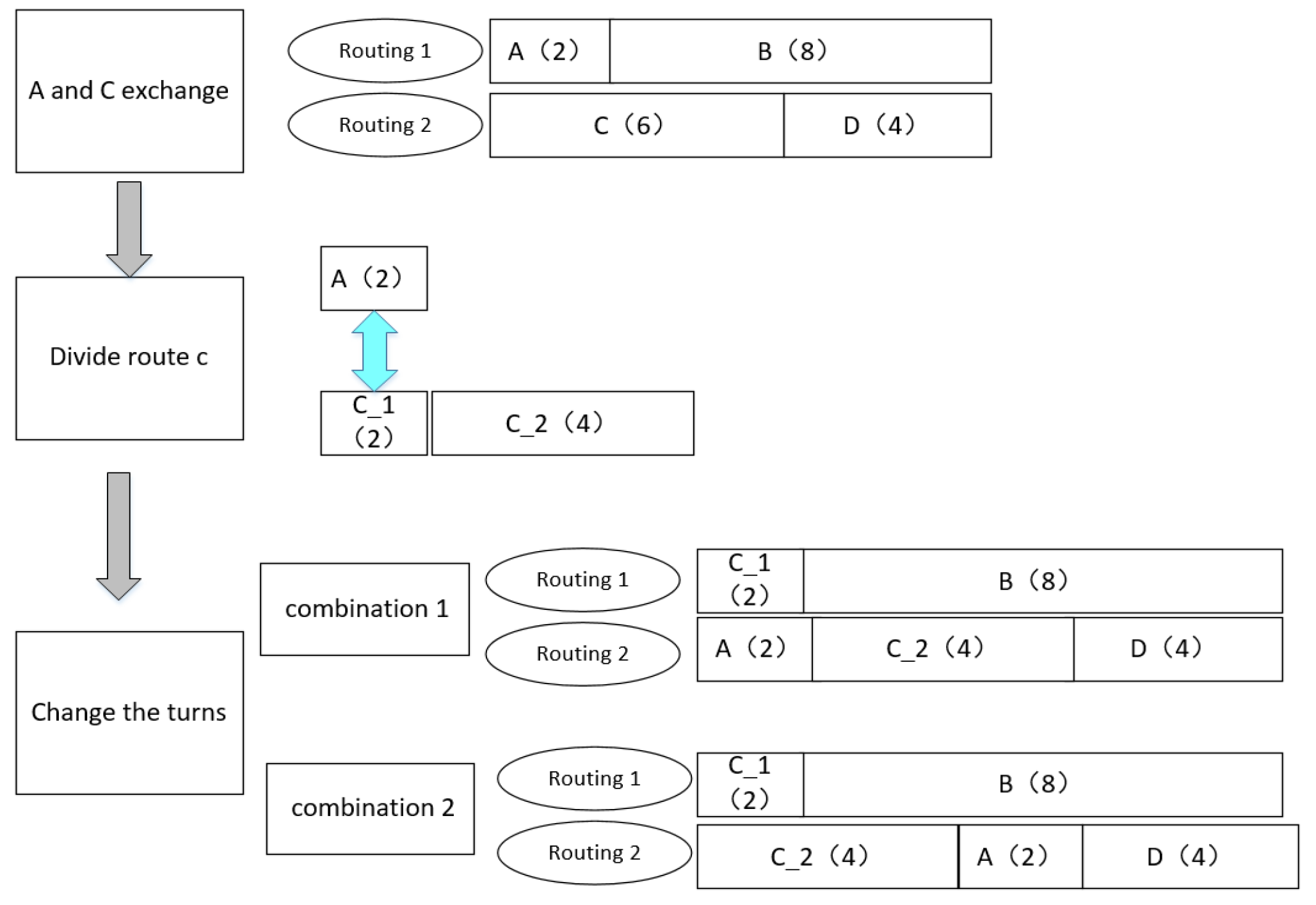

If the belt were awarded before 1969, Wilhelm might have it for the entire decade: From 1961 through 1969, from the ages of 38 to 46, Wilhelm recorded an ERA of 1.99 over nearly 1,000 innings. Counting saves awarded retroactively, Wilhelm held the career saves record until 1980 he also epitomized the circuitous journey most take to relief pitching by not breaking into the majors until the age of 29. The belt begins in a fitting spot, with the first great closer and, eventually, the first reliever to make the Hall of Fame. 1969: Hoyt Wilhelm, California and Atlanta With those rules in mind, here is the history of the Relief Pitcher Championship Belt. But if the fate of humanity rested on the arm of one man, wouldn’t you feel a little concerned if he had just blown two games in the World Series, and maybe choose a backup option instead? Typical baseball award voting doesn’t factor in postseason performance.
 The playoffs count, too-for better or for worse. However, if there’s any position with which to be a tad more aggressive, it’s relievers, so this rule is flexible. In most cases, one dynamite season isn’t enough to rocket a reliever with a lesser track record past a still-strong stalwart José Valverde went 49-for-49 in saves in 2011, but it’s hard to figure anybody would have trusted him more than Mariano Rivera in a must-win game.
The playoffs count, too-for better or for worse. However, if there’s any position with which to be a tad more aggressive, it’s relievers, so this rule is flexible. In most cases, one dynamite season isn’t enough to rocket a reliever with a lesser track record past a still-strong stalwart José Valverde went 49-for-49 in saves in 2011, but it’s hard to figure anybody would have trusted him more than Mariano Rivera in a must-win game. 
#How to make relief in enroute 4 full
But we’ll also figure our hypothetical voting panel is full of savvy, forward-thinking fans, so saves and ERA aren’t the only factors that matter-especially in more recent years, when advanced stats are more the norm. Yes, that means raw save counts matter, even if they’re largely a function of opportunity rather than skill. Fans in 1977 didn’t know Bruce Sutter’s fWAR, so for the most part, we can’t just rely on our WARs and WPAs.
Advanced stats must be considered gradually. But Bill Barnwell already awarded the starter championship belt at Grantland, so we’re sticking to pitchers who predominantly work in relief here. From 2014 Madison Bumgarner to 2001 Randy Johnson to 1999 Pedro Martínez, the sport’s best starting pitchers have proved they’re the best relief options in key situations, too. This exercise aims to answer the question: Which relief pitcher would the plurality of fans have picked as the best in the majors at the end of each season? Or, put another way: In a Space Jam scenario in which the humans led the aliens by one run entering the bottom of the ninth inning, who would humankind vote to take the mound?. (Apologies to 1950 NL MVP Jim Konstanty.) Ace relief pitching is tricky and unpredictable, except for a select few legends-and it has never been more important, as teams devote ever-increasing innings totals to their bullpens, especially in the postseason.īut which reliever is the best and most reliable? And who, out of the thousands of relievers who have populated major league rosters, grabs that title from past seasons? There’s no better way to answer these questions than with a good old championship belt exercise, starting in 1969, the first official year for Jerome Holtzman’s save statistic. The point is: Most great relief pitchers are comets in a world without telescopes, burning bright and brief and flashing atop leaderboards without warning. That offseason, Anderson was traded for minor leaguer Brian Schales in a 40-man roster reshuffle the top comments on the Twins’ subreddit thread about the deal were “I’m going to be honest I have no idea who that is” and “Just a triple A guy, not really that noteworthy.” The Rays’ Nick Anderson was a 28-year-old relief prospect so anonymous, entering the 2019 season, that Baseball Prospectus didn’t even mention him in its annual guide, which included commentary on more than 2,000 players. The Brewers’ Devin Williams missed the entire 2017 season due to Tommy John surgery, then allowed 26 runs (22 earned) in 34 innings at the High-A level the following year. The Padres’ Drew Pomeranz was a failing starter midway through the 2019 season, with a 6.10 ERA and sub-replacement WAR, when he moved to the bullpen. Liam Hendriks, now on the White Sox, was designated for assignment in June 2018, going unclaimed on waivers. And yet, they were all ineffective, undesired, or both just a couple of seasons ago. Consider four relief pitchers, whom MLB Network just rated the four best in the majors right now.







 0 kommentar(er)
0 kommentar(er)
